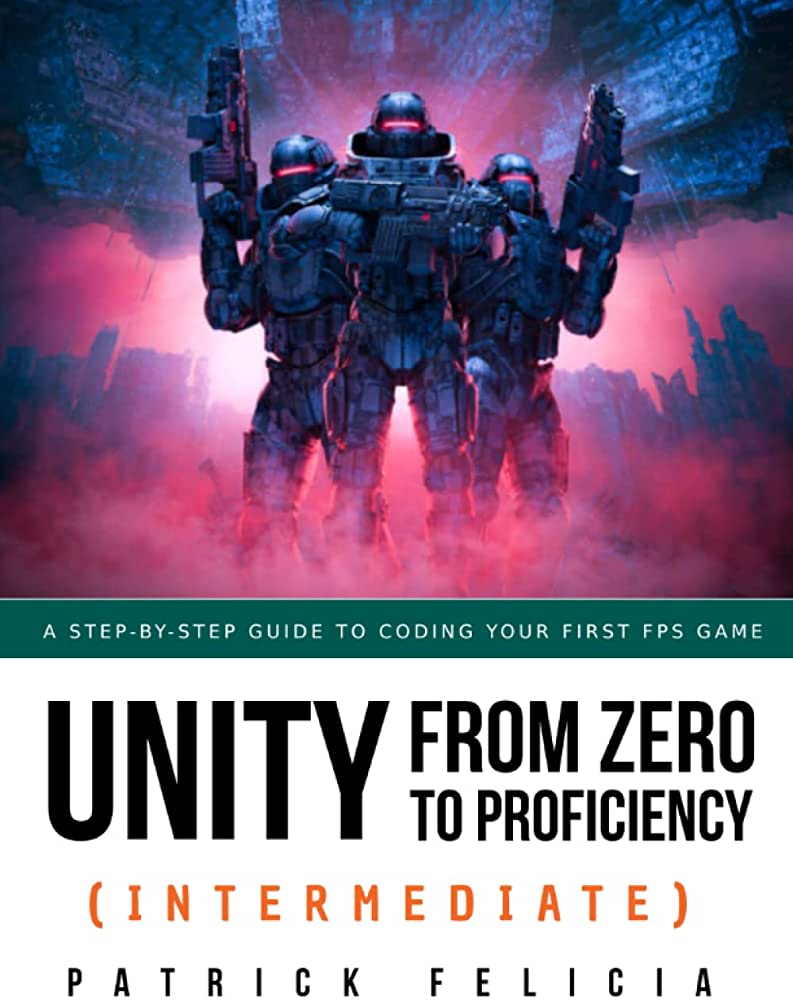This article provides a step-by-step guide to building a game with Unity, a popular game development engine. The first step is to conceptualize the game idea, followed by learning the Unity interface, creating the game scene, adding game mechanics, creating game assets, testing and debugging the game, and finally publishing and releasing the game. Unity allows users to create 2D and 3D games, as well as virtual and augmented reality experiences. The article emphasizes that building a game with Unity requires time, effort, and dedication, but it can also be a fun and rewarding experience.
From Idea to Release: A Step-by-Step Guide to Building Games with Unity
Introduction
If you have a passion for video games or game development, then you have probably thought about creating your own game. But where do you start? Making a game from scratch can be a daunting task, especially if you have little or no experience in game development. Fortunately, there are game development tools that can help you streamline the process and bring your ideas to life. One of the most popular tools for game development is Unity. In this article, we will provide a step-by-step guide on how to build a game with Unity.
Step 1: Conceptualizing Your Game Idea
Before you begin building your game, you need to have a clear idea of what kind of game you want to create. The first step in the game development process is conceptualizing your game idea. This involves creating a concept or a game design document that outlines the game’s core mechanics, storyline, characters, and other important features. Your game idea should be unique and engaging, and it should have the potential to appeal to your target audience.
Step 2: Learning the Unity Interface
Once you have conceptualized your game idea, the next step is to learn how to use Unity. Unity is a powerful game development engine that allows you to create games using a visual editor. You can use Unity to create 2D and 3D games, as well as virtual reality (VR) and augmented reality (AR) experiences. To get started with Unity, you need to download it from the official website and install it on your computer. Once you have installed Unity, you can open it and start learning the interface.
Step 3: Creating Your Game Scene
After you have familiarized yourself with the Unity interface, you can start creating your game scene. Your game scene is the environment in which your game takes place. In Unity, you can create your game scene using a visual editor that allows you to add and manipulate game objects, such as characters, terrain, and props. You can also use the visual editor to design the lighting, skybox, and other visual elements of your game scene.
Step 4: Adding Game Mechanics
Once you have created your game scene, the next step is to add game mechanics. Game mechanics are the rules and systems that govern how your game works. For example, if you are making a platformer game, you will need to add mechanics for jumping and moving. In Unity, you can add game mechanics using scripts. Scripts are pieces of code that tell your game objects what to do. You can write scripts in C# or JavaScript, and you can attach them to game objects in Unity.
Step 5: Creating Game Assets
Game assets are the visual and audio elements of your game. These include characters, props, backgrounds, music, and sound effects. You can create your own game assets using software such as Photoshop, Blender, or Maya. Alternatively, you can purchase pre-made game assets from online marketplaces. Once you have created or acquired your game assets, you can import them into Unity and use them in your game scene.
Step 6: Testing and Debugging Your Game
After you have created your game mechanics and assets, it is time to test your game. To test your game, you can use Unity’s built-in testing and debugging tools. These tools allow you to see how your game works in real-time and to identify and fix any bugs or issues. Testing and debugging are essential steps in the game development process, as they ensure that your game is functioning properly and that it is ready for release.
Step 7: Publishing and Releasing Your Game
The final step in the game development process is to publish and release your game. To publish your game, you will need to export it from Unity and package it into a format that can be played on different platforms, such as PC, mobile, or console. Once you have packaged your game, you can submit it to online marketplaces, such as Steam, Google Play, or the App Store, and make it available for download. Releasing your game is an exciting and rewarding experience, as you get to share your creation with the world and see how players react to it.
Conclusion
Building a game with Unity requires time, effort, and dedication, but it is also a fun and rewarding experience. By following the steps outlined in this guide, you can create a game from scratch, learn new skills, and share your creation with others. Whether you are an aspiring game developer, a hobbyist, or a seasoned professional, Unity provides a powerful and versatile toolset that can help you bring your game ideas to life.
